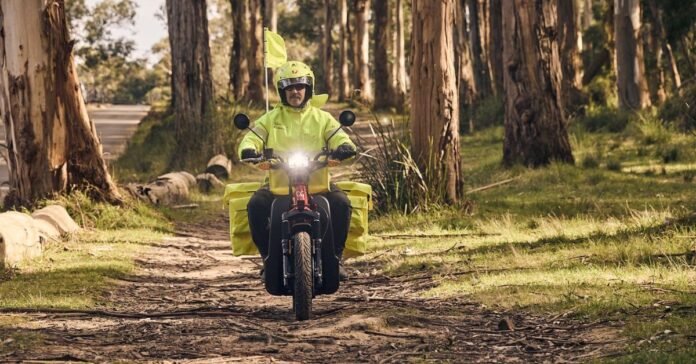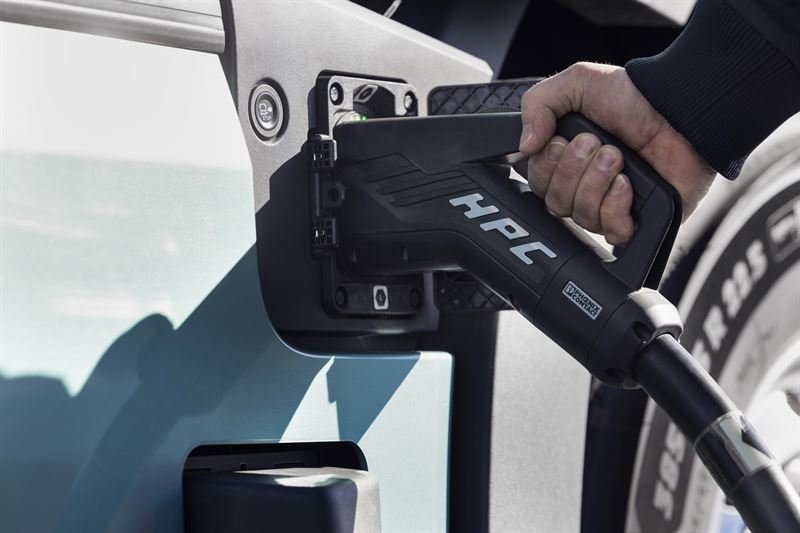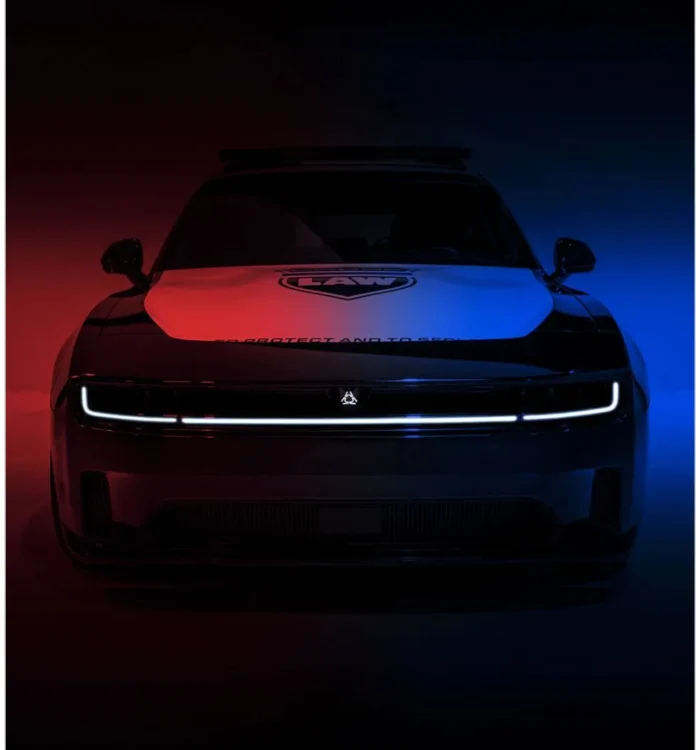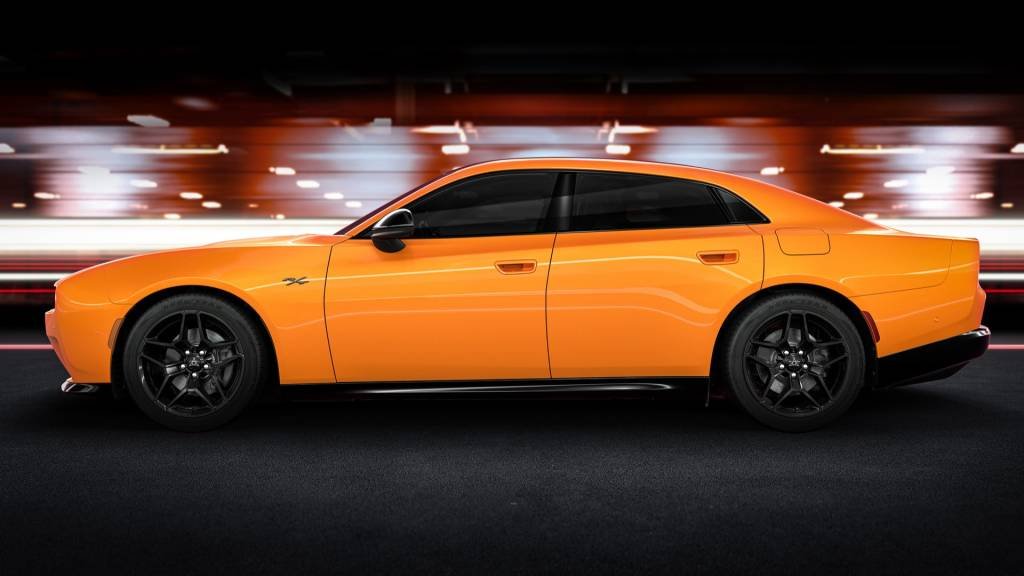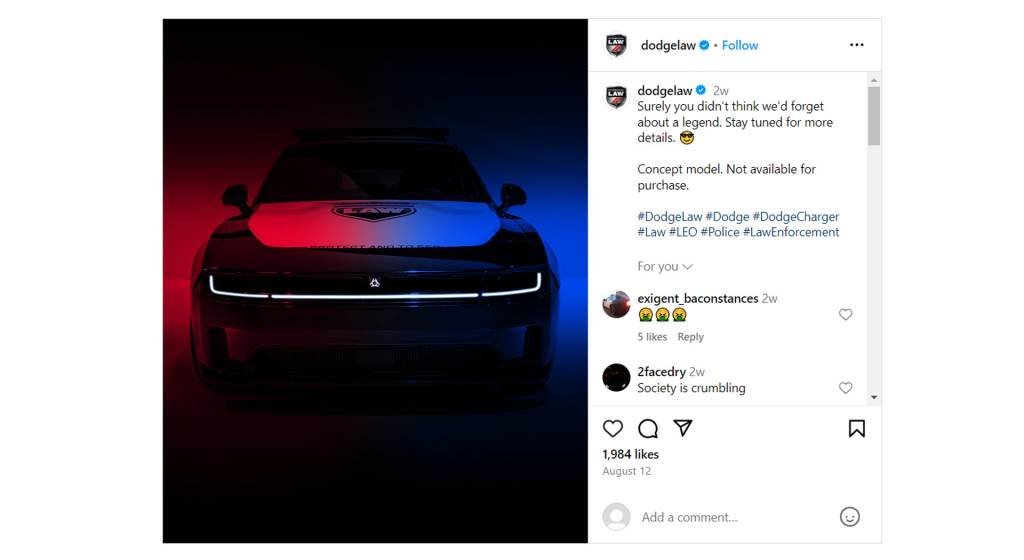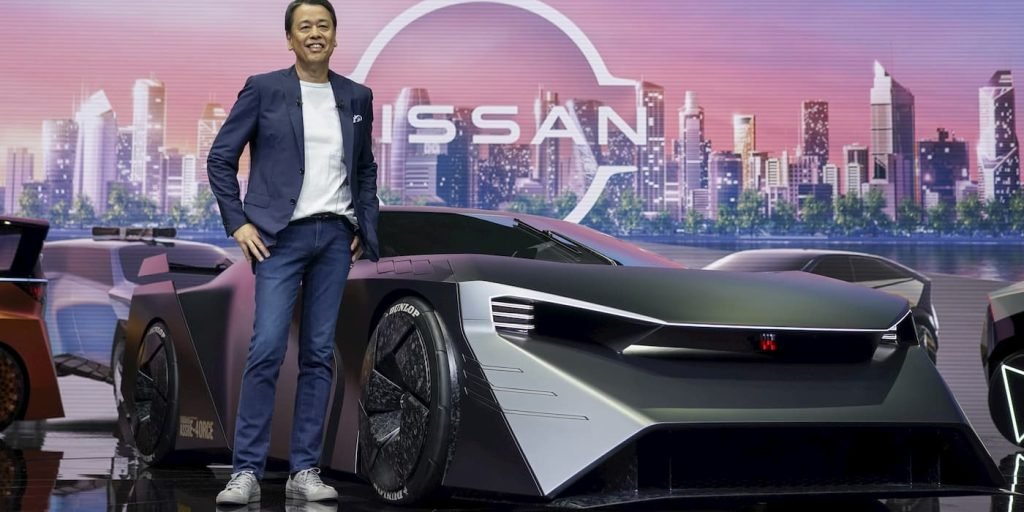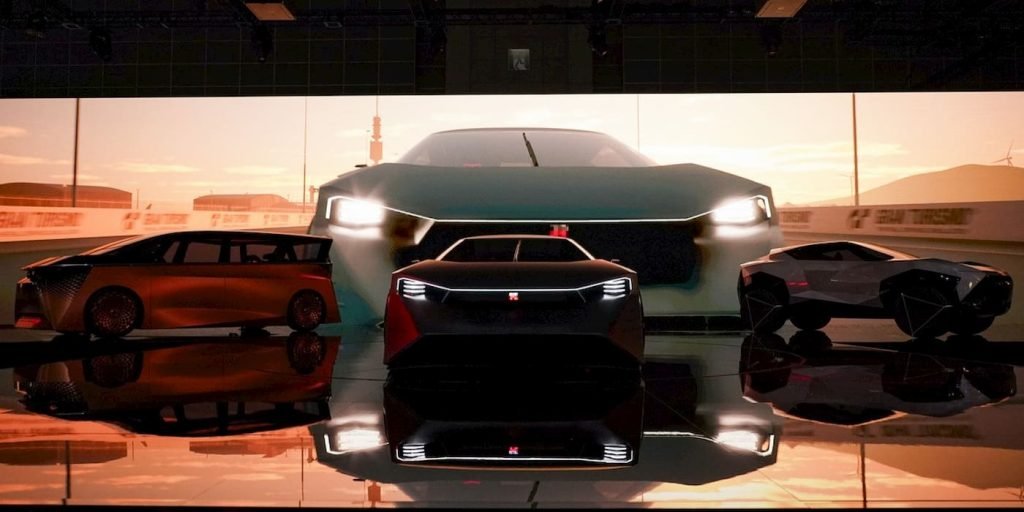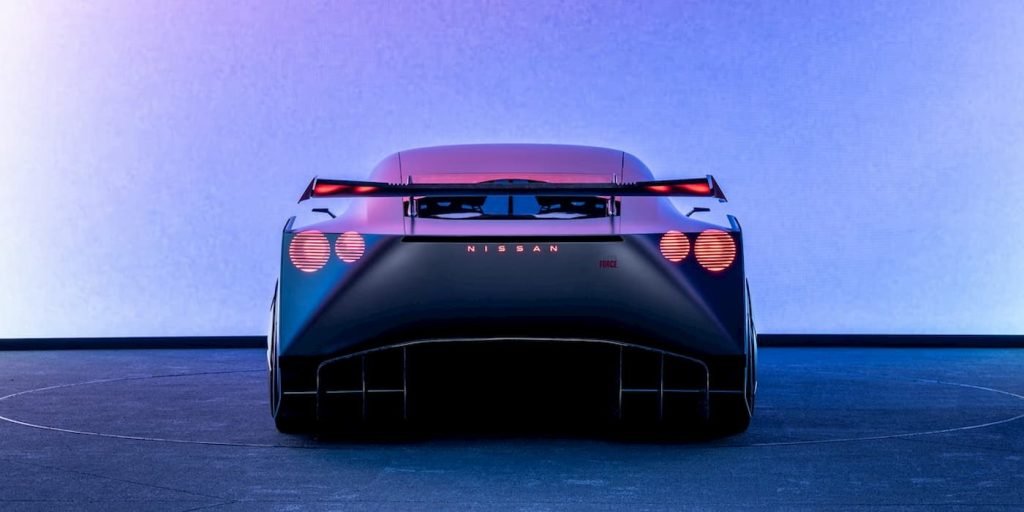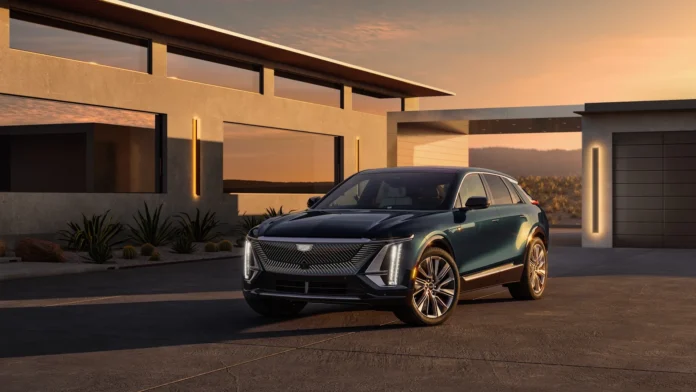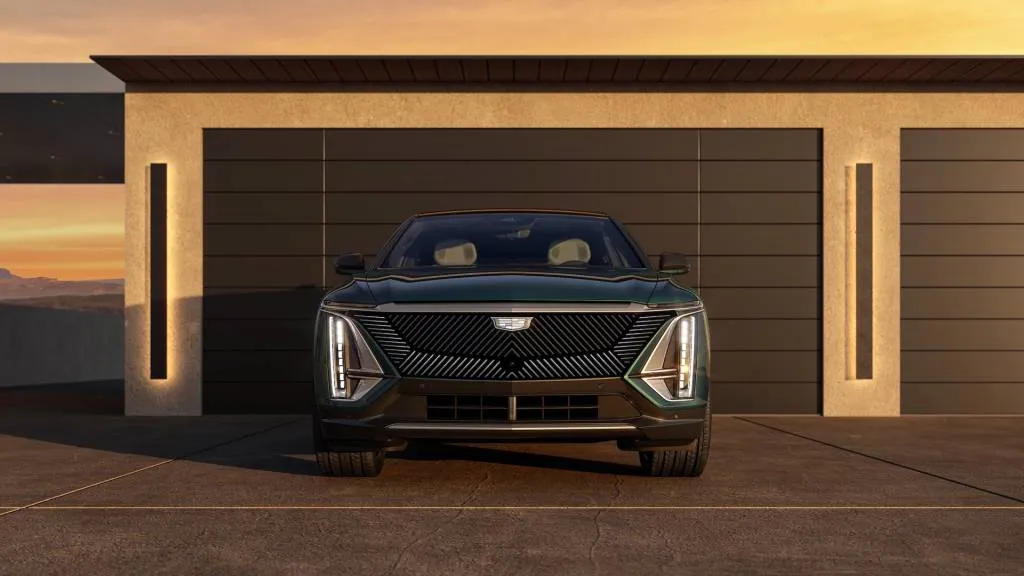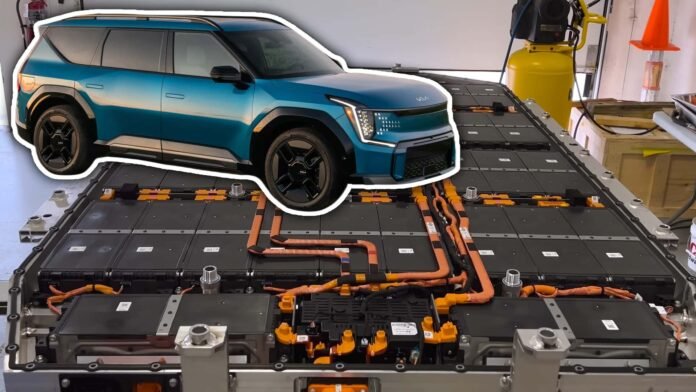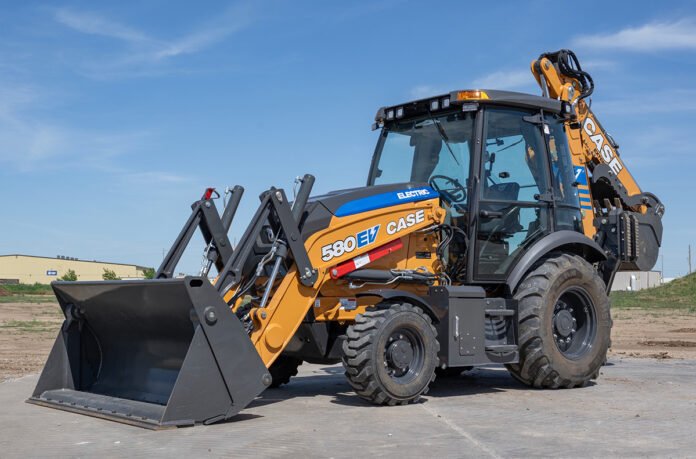
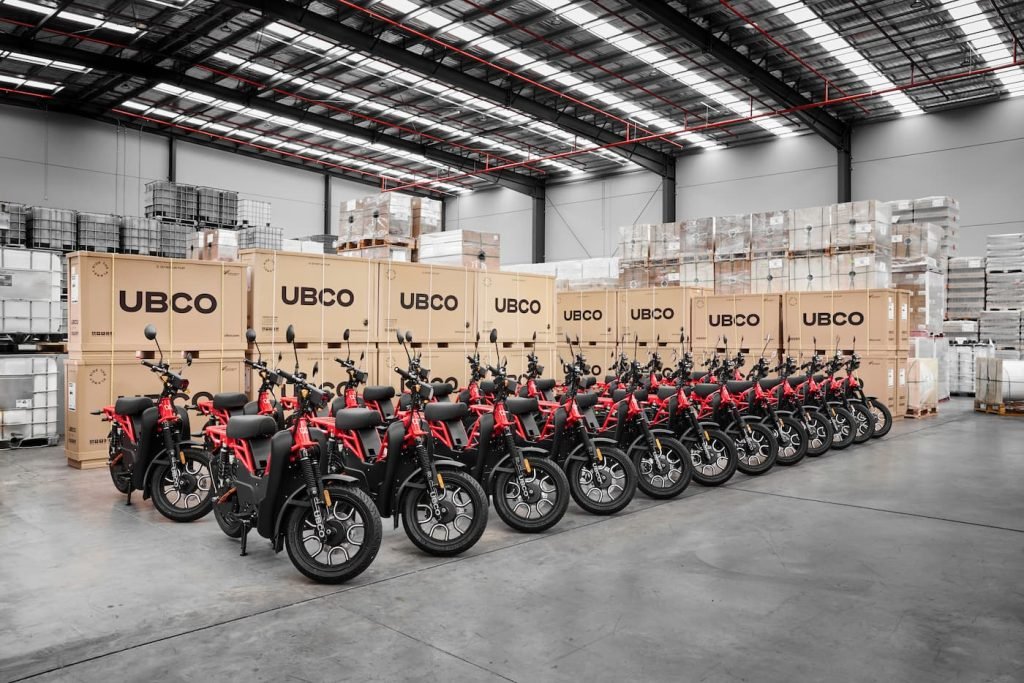

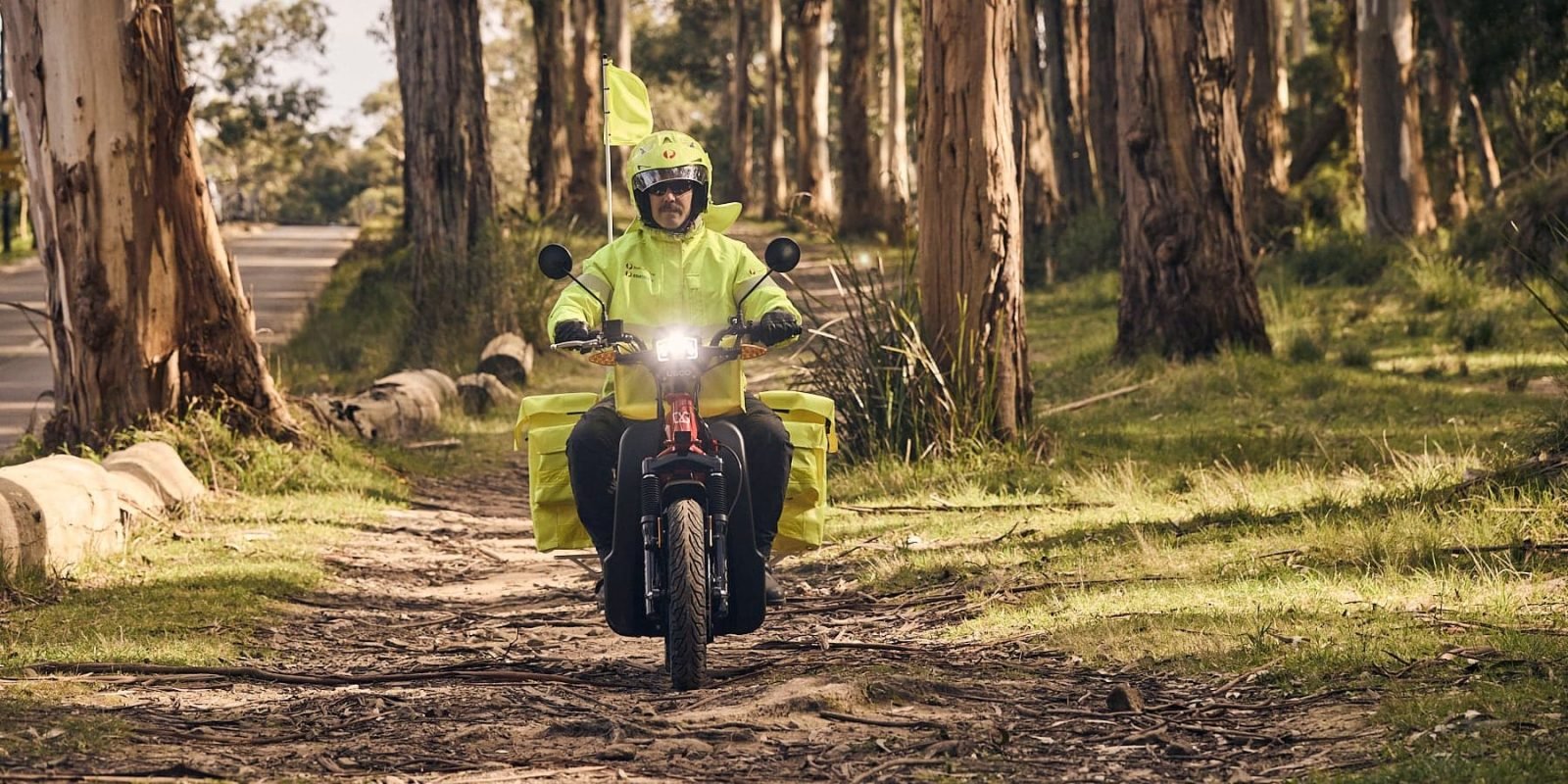
I don’t claim to know much about Australia, and the little I do may or may not come from Crocodile Dundee. But I do know EVs, and it looks like the hundreds of rugged UBCOs that are set to become mail-delivery vehicles down under are uniquely appropriate for the diverse conditions facing the country’s mail-delivery network.
Australia Post is set to receive 175 new UBCO DUTY electric motorbikes for mail delivery, both in rural and urban areas. The rugged electric two-wheelers are designed to excel at traversing a variety of terrain and will help Australia Post make deliveries in areas that traditional mail vans either can’t reach or are too large to make sense.
The decision to adopt the UBCO electric motorbikes comes after a successful trial period during which the e-bikes were used in various utility evaluations.
Australia Post CEO and Managing Director Paul Graham discussed how the move addresses both a technological advancement and a focus on sustainability. “This is a pivotal moment for Australia Post and demonstrates our commitment to sustainability and forward-thinking technology,” explained Graham. “This new fleet allows us to electrify a broader spectrum of routes, reducing our reliance on fossil fuels and further advancing our sustainability goals. We are proud to integrate cutting-edge solutions that benefit our team members, our customers, and the environment.”

“We have steadily been trialing electric fleet solutions since our humble beginnings a decade ago on a New Zealand farm,” explained UBCO CEO Oliver Hutaff. “Our latest model, the UBCO DUTY, is tailored for companies seeking efficient, low-emission delivery options. Partnering with Australia Post has been the perfect opportunity to showcase UBCO’s core strengths of robust utility and durability, focused on vehicles being used for work. We have developed a vehicle that meets the rigorous demands of high-use delivery, including a top speed of 95 km/h. These bikes will be used on average six hours a day, five days a week, carrying heavy loads, showcasing UBCO’s extreme capabilities and what places us apart in the market”.
At 95 km/h (59 mph), the UBCO DUTY is fast enough for use on urban highways, yet still rugged enough for off-road trails that would be tricky for larger vehicles and even light-duty electric bikes. It can also carry more mail than a typical electric bike thanks to its more robust frame and higher power drivetrain.
Built on a similar base to UBCO’s popular 2X2 all-wheel-drive electric motorbike, the DUTY has proven to be a capable mail delivery vehicle and utility vehicle for other major tasks.

Australia Post faces unique challenges in delivering mail to rural areas due to vast distances, sparse populations, and difficult terrain. These remote locations often have limited infrastructure, which can lead to longer delivery times and higher operational costs. Additionally, the unpredictable weather conditions in certain regions, such as floods or bushfires, can further complicate logistics, making it challenging to maintain consistent service.
To address these issues, Australia Post relies on a combination of air, road, and sometimes even boat services to ensure mail reaches even the most isolated communities. And now with a major fleet of electric motorbikes, Australia Post has a new weapon in its arsenal for fast and efficient mail delivery.
Source link by Electrek
Author Micah Toll
#wild #electric #vehicles #Australia #deliver #mail



